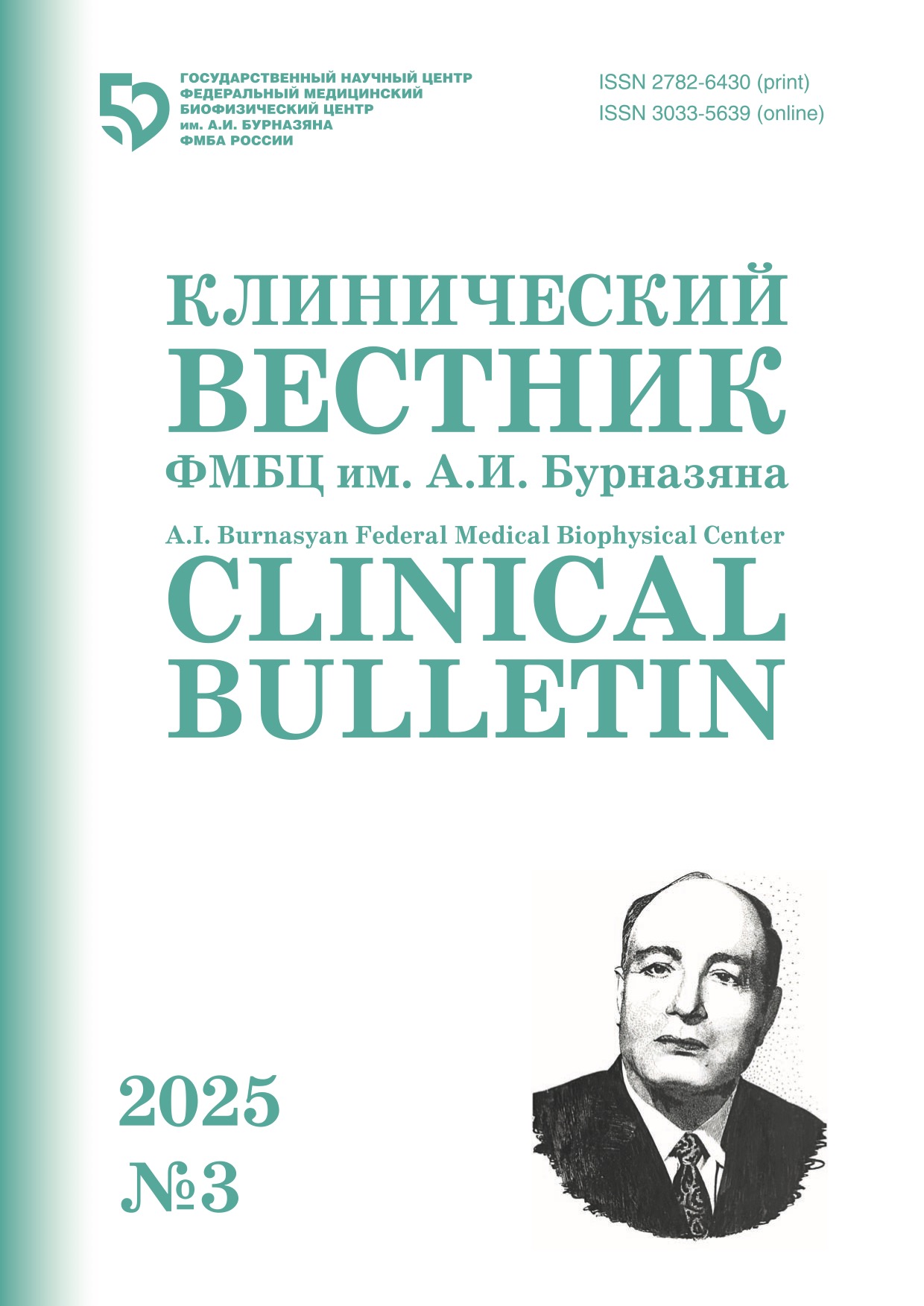Using AI tools
Due to the wide use AI in preparing, writing and peer-reviewing research papers the editorial team of the journal “Clinical Bulletin of the FMBC named after A.I. A.I. Burnazyan” is committed to ensure that such use aligns with our publishing requirements and ethical standards to meet the following provisions.
- Responsibility and authorship
- Responsibility for the content of the manuscript, including the accuracy of data, correct citation and compliance with ethical standards, lies entirely with the authors, regardless of their use of generative AI tools (i.e., capable of creating new content). The authors guarantee that the final text of the manuscript is original, reflects the results of the research conducted by the authors.
- AI (chatbots, such as ChatGPT and similar tools) cannot be listed as authors of the article or as persons who contributed to the preparation of the manuscript. AI-based programs do not meet the criteria for authorship, as they are not liable for the content of the work, cannot declare conflicts of interest, or manage copyright.
- Human oversight and validity
- When using AI tools as aids for text editing, literature search, data analysis and visualization, or idea generation, users are required to ensure human control at all stages of manuscript preparation, carefully checking all AI-generated outputs, including facts, citations, and analytical conclusions, for compliance with the relevance of the research data and accepted scientific standards.
- It is allowed to use AI to generate images (diagrams) illustrating processes, concepts, and mechanisms of action. It is prohibited to use AI to generate actual research results or modify images obtained during the study.
- Transparency and disclosure
- Authors are required to indicate the use of generative AI tools when submitting a manuscript, including: the name and version of the AI tool; purpose of use (e.g. text mining/ editing, data analysis, generating processes flowcharts described in the work, used questionnaires, manuscript abstracts, etc.); prompts used in generative AI.
- Authors may not provide this information if non-generative AI was used or if generative AI did not significantly modify the content of the manuscript, for example:
- basic grammar checking;
- replacing only a few words in the text without changing the contextual meaning;
- a general literature search using AI without its interpretation and data synthesis;
- literature sources formatting without recommending/generating sources;
- general editing of images without their modification (cropping, increasing contrast, etc.).
- The editors may request additional information about the use of AI to ensure transparency and compliance with ethical standards.
- Rights and privacy protection
- Authors and reviewers must ensure that the AI tools used:
- comply with the requirements for the protection of personal/ sensible data and confidentiality;
- do not violate the rights of third parties, including intellectual property and data privacy;
- do not gain the rights to content created by authors and do not use it to train AI models without the user’s consent.
- By submitting material created using AI, authors guarantee that they have the right to use the generative content under the terms of the AI licenses.
- Technical control by the editors
- The Journal uses specialized tools such as national industry leader Antiplagiatplagiarism checker to identify texts generated by AI. Manuscripts containing unjustified use of AI may be rejected or sent for revision.
- Compliance with international standards and best practices
The editorial team of the journal “Clinical Bulletin of the FMBC named after A.I. A.I. Burnazyan” supports the provisions of Russian regulations, the position of the international publishing community and best practices presented in the following documents:
- Russian GOST 71657-2024 about the use of AI tools in writing scientific publications
- World Association of Medical Editors (WAME) – Chatbots, Generative AI, and Scholarly Manuscripts
- International Committee of Medical Journal Editors (ICMJE) – Recommendations, Part II, paragraph A4
- Editorial policy of Wiley and Springer Nature regarding the principles of using AI in scientific publications
Policy revision date: 14.04.2025


